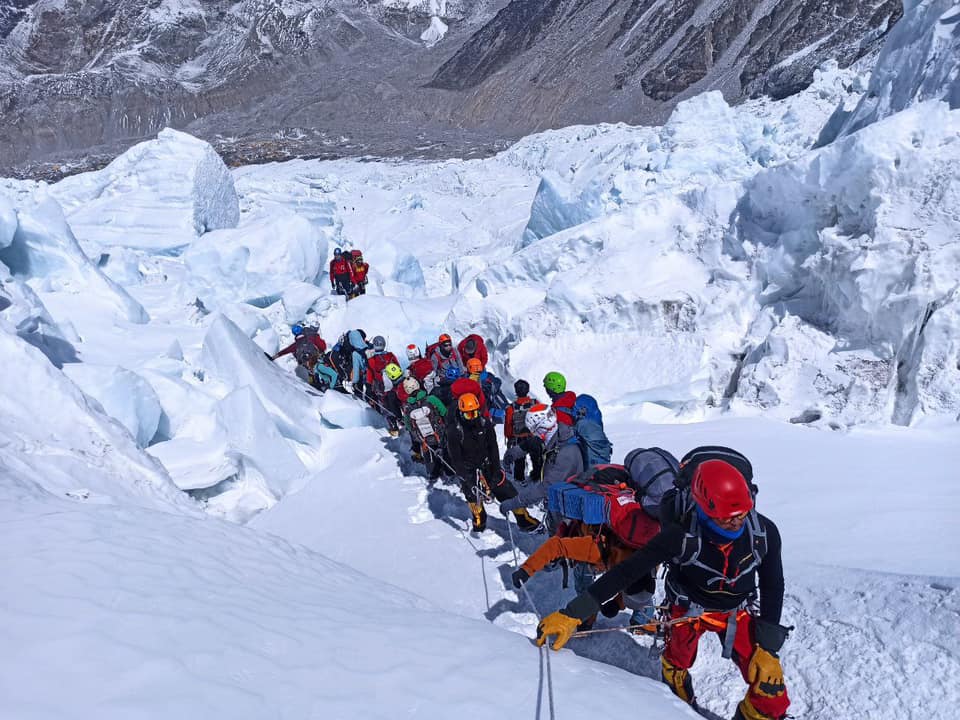Nothing went as planned in Nepal this season, as the Himalayas opened their doors to the world again after a year-long gap due to the pandemic. Covid spread in the base camps like wildfire, from Everest to Dhaulagiri, while the Nepalese authorities denied it. A total failure.
An “old times-like” Himalaya, with nature blooming after months virtually untouched, awaited the few brave ones willing (and allowed) to venture far from home’s lockdowns and curfews. The seriously harmed local economy was finally getting the so much-needed currency income. It just seemed too good to be true. In fact, it was.
The Spring of Recovery
By March 2021, Covid contagion rates were lower than in most of the EU and US’. Moreover, the previous expedition to winter K2 had proved that, provided all necessary precautions were followed, mountains were safer than cities, and the climbers would stay healthy and happy enjoying the fresh, thin air in their “expedition bubbles”.
Nepal tourism industry, contributing to 7,9% of the country’s GDI (2019 data), jumped to the occasion, offering virtually every peak, every trek. After some hesitation, a number of foreign outfitters followed.
Nepal tourism industry, contributing to 7,9% of the country’s GDI
The country’s health authorities were not so enthusiastic about mostly non-vaccinated foreigners flocking to mountain areas, where population had kept safe from the virus but was otherwise highly vulnerable due to lack of services. Strict measures including long quarantine periods in Kathmandu were enforced – and then modified time after


